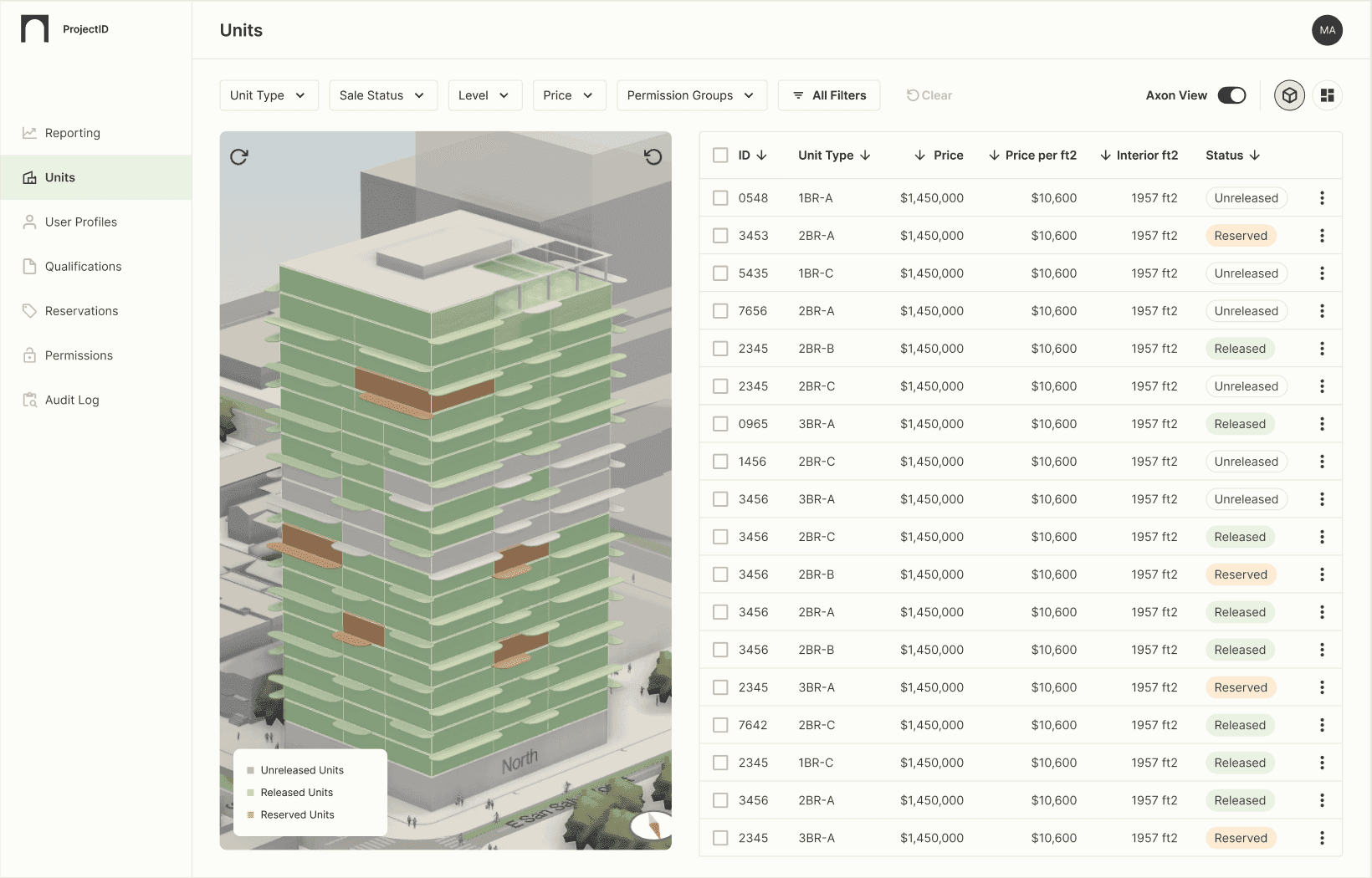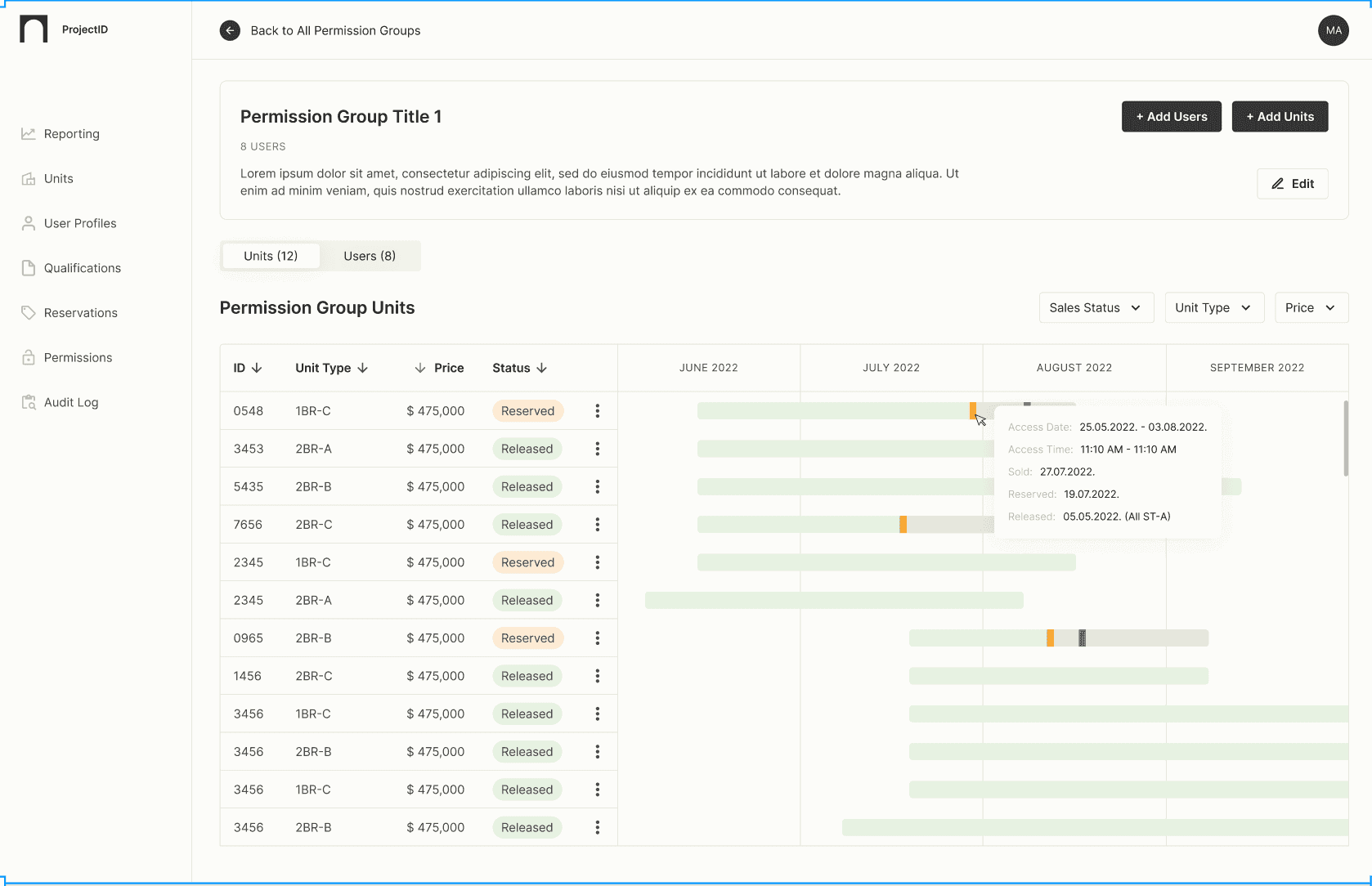Info
Nabr
Product Manager
2023
SalesOps Platform
The SalesOps Tool was developed as an internal solution to provide the sales team with unparalleled visibility, efficiency, and access to the right information at the right time. Rather than duplicating existing tools, the goal was to address specific gaps that hindered performance and empower the team to operate at its best. The tool connected seamlessly with internal systems and client-facing web apps, ensuring a unified and efficient sales ecosystem.
What You'll Learn About My Approach
- Strategic product thinking in action
- How I navigate ambiguity and drive outcomes
- My approach to cross-functional leadership

Key Results
Sales response time: 24-48 hours → Real-time visibility and action
Operational errors: ~15% manual data entry errors → <2% with unified system
Priority lead conversion: Standard queue → 40% higher conversion with early access
System integration: 3 disconnected platforms → 1 unified sales ecosystem
The Challenge
Understanding the problem and stakeholder needs
Despite having a robust CRM for lead management, the sales team faced significant operational challenges. Existing tools lacked integration with internal processes and client-facing platforms, making it difficult to align workflows and maintain up-to-date, actionable insights. Key sales operations, such as managing reservations, payment statuses, and qualifications, required greater visibility. Additionally, the absence of functionality to manage priority access for specific leads limited the team's ability to respond strategically and enhance the user experience.

My Approach
How I led the team through discovery to execution
The tool was developed to solve these challenges through three focused steps:
Built a centralized system consolidating critical sales data—such as user qualifications, reservations, payment statuses, and unit availability—ensuring the sales team had access to real-time insights.
Designed functionality to manage priority lists, allowing select leads early access to unit releases. This enabled a more strategic approach to demand management while improving client satisfaction.
Connected the tool to internal systems and client-facing platforms, enabling smooth data flows and eliminating silos. This ensured accurate, up-to-date information was readily available for strategic decision-making.

What We Built
Cross-functional delivery and team coordination
The SalesOps Tool provided the sales team with a unified platform that addressed critical gaps in visibility, operational efficiency, and user experience. By integrating real-time data, priority lead access, and seamless system connectivity, the tool empowered the team to focus on strategy and client engagement, ensuring a high level of performance.

Results & Team Impact
Measurable outcomes and what the team learned
The SalesOps Tool revolutionized sales operations by creating a more connected and efficient workflow. Real-time visibility into reservations, qualifications, and payment statuses eliminated delays and reduced errors. The introduction of priority lead access allowed for strategic management of demand and unit releases, optimizing performance and customer satisfaction. Seamless integration with internal tools and client-facing platforms ensured alignment across the entire ecosystem, enabling the sales team to prioritize the user experience while achieving operational excellence.
Like what you see?
I'm open to product leadership roles in AI, robotics, and emerging tech. Let's discuss how I can help scale your product.